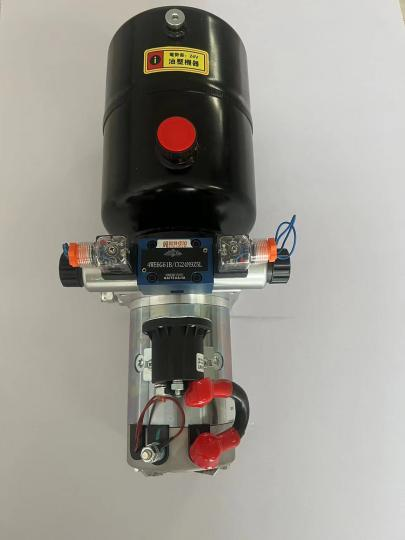Aug . 13, 2024 07:02 Back to list
Hydraulic Cylinder Manufacturers Specializing in Clevis End Designs for Enhanced Performance and Durability
The Role of Clevis End Hydraulic Cylinders in Modern Machinery
Hydraulic cylinders play a pivotal role in various industrial applications, providing the force required to lift, push, pull, and move heavy objects. Among the diverse types of hydraulic cylinders available, clevis end hydraulic cylinders are particularly notable for their versatility and functional design. This article explores the unique features, advantages, and manufacturing considerations of clevis end hydraulic cylinders, highlighting their significance across various sectors.
Understanding Clevis End Hydraulic Cylinders
Clevis end hydraulic cylinders are equipped with a clevis, which is a U-shaped fork that allows for secure mounting. This design facilitates easy attachment and detachment from machinery or equipment, making it a popular choice in applications where frequent adjustments are necessary. The clevis end provides a stable pivot point, ensuring that forces applied during operation are adequately supported and distributed.
Key Features and Advantages
One of the primary advantages of clevis end hydraulic cylinders is their flexibility in installation. The clevis allows for various mounting configurations, accommodating different operational needs and space constraints. This adaptability is especially important in industries such as construction, agriculture, and manufacturing, where machinery often requires specialized arrangements to function efficiently.
Additionally, clevis end hydraulic cylinders can be engineered for high performance and durability
. Manufacturers typically utilize high-grade materials such as stainless steel or treated alloy steels, which ensure resistance to wear, corrosion, and high-pressure conditions. Many clevis end hydraulic cylinders are also designed with features such as cushioned ends and built-in shock absorbers to further improve their longevity and performance.Applications Across Industries
clevis end hydraulic cylinder manufacturer

Clevis end hydraulic cylinders find applications in a wide array of industries. In construction, these cylinders are commonly used in excavators, backhoes, and cranes, where they assist in lifting heavy loads and performing precise movements. In the agricultural sector, they are integral to the operation of plows, seeders, and harvesters, enabling farmers to enhance productivity and efficiency.
Moreover, the manufacturing industry also benefits from clevis end hydraulic cylinders, particularly in assembly lines and automation processes. They are utilized for tasks such as lifting molds, pressing components, and managing conveyor systems. The ability to customize these cylinders for specific tasks allows manufacturers to optimize their operations and improve overall productivity.
Choosing the Right Manufacturer
Selecting a reputable manufacturer for clevis end hydraulic cylinders is crucial for ensuring product quality and reliability. A good manufacturer will offer a comprehensive range of options, catering to various specifications and industry needs. It is essential to consider factors such as the manufacturer’s experience, technological capabilities, and quality control measures in place.
Moreover, many manufacturers provide additional services, such as design assistance and custom engineering solutions, which can be beneficial for clients with unique requirements. Collaborating with a knowledgeable partner can lead to better performance outcomes and enhanced operational efficiency.
Conclusion
In conclusion, clevis end hydraulic cylinders are vital components in modern machinery, offering flexibility, robustness, and reliability across multiple industries. Their unique design facilitates diverse applications while ensuring optimal safety and performance. As industries continue to evolve and demand more efficient solutions, the role of clevis end hydraulic cylinders will remain significant. Businesses looking to enhance their operations should consider investing in high-quality hydraulic systems from reputable manufacturers, ensuring they harness the full potential of these indispensable tools.
-
1.5 Ton Flipping Oil Cylinder 70/82-40-217-720-Hebei Shenghan Hydraulic Machinery|Precision Hydraulic Cylinder,Custom Hydraulic Solutions
NewsAug.29,2025
-
1.5 Ton Flipping Oil Cylinder 70/82-40-217-720 | Hebei Shenghan Hydraulic Machinery Co., Ltd.
NewsAug.29,2025
-
High-Precision [90/105-50-180-480] Industrial Component | Durable & Reliable
NewsAug.27,2025
-
High-Performance Set of 50/60-45-290 471 | Durable & Reliable Components
NewsAug.26,2025
-
Efficient Pallet Truck Power Units - Reliable Hydraulic Systems
NewsAug.25,2025
-
Premium Set of 50/60-45-290 471 Parts | High Performance
NewsAug.24,2025
